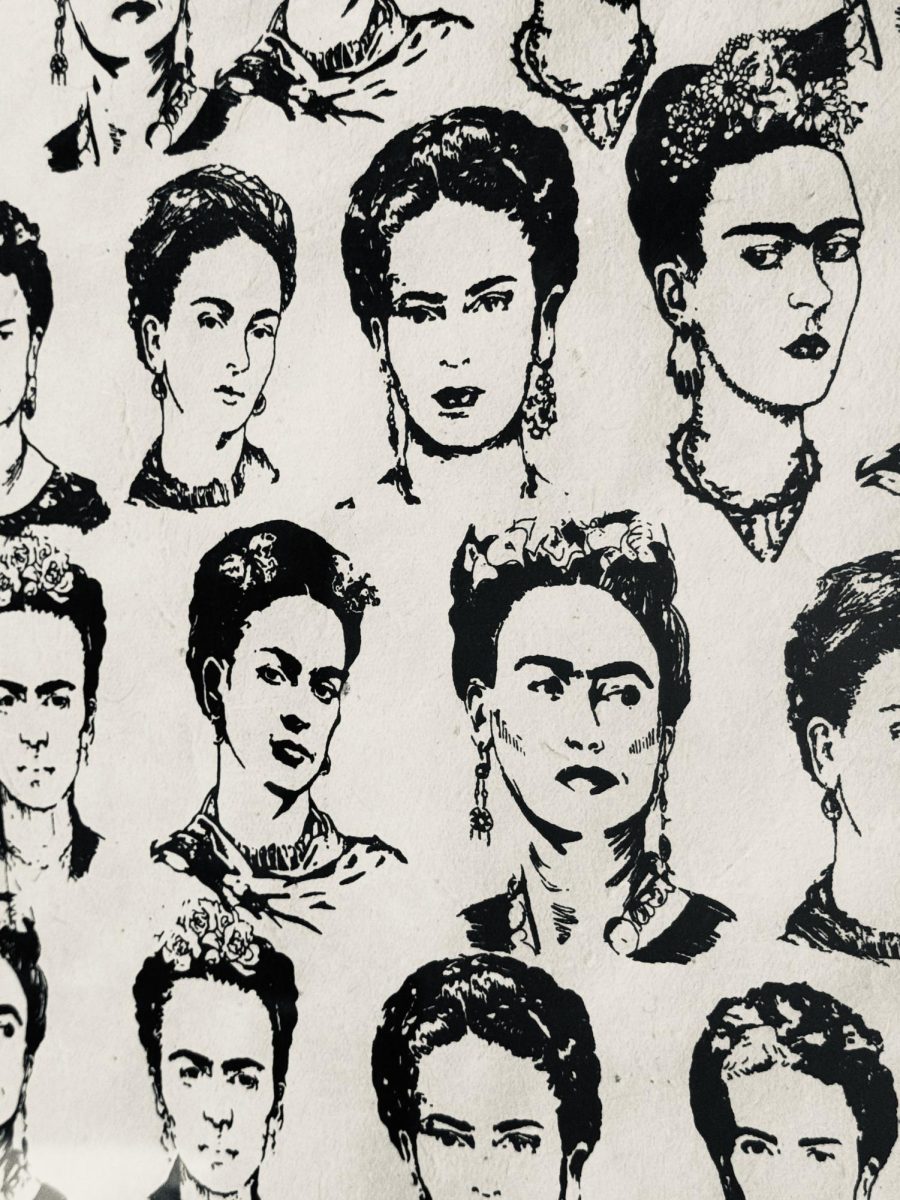Each year since 1987, the United States has celebrated Women’s History Month in the month of March. This month has grown to become a time of year to celebrate and actively support the contributions made by all women to American culture, history, and our society. To fully understand the importance and significance of celebrating women this month, we should understand why we do it and how it began.
Women’s History Month was not always a full month. In fact, we still celebrate the original International Women’s Day every eighth day of March. This day would eventually inspire the idea of dedicating a whole month to women. A teacher in Santa Rosa, California wanted to teach her students about the important women who have paved the way for her and her student’s success. So, she decided, along with a few other educators, to dedicate a whole week to sharing stories and to celebrate the success of women. They called it Women’s History Week, and it was to be held the week of International Women’s Day that March.
This was only meant to be a one-time thing, but the community loved it so much, and as word spread over the years, Women’s History Week was celebrated nationwide. This eventually caught the attention of President Jimmy Carter, who would go on to declare March second through eighth Women’s History Week in 1980. This tradition was upheld by the country for seven years until it was decided in 1987 to celebrate women through all of March.
Although Women’s History Month really began in schools, it does not seem to be celebrated in classrooms as often anymore. Because of this, it is important to do your own research about the women who have shaped our country’s history and to know how you can actively support the women in your life and community.
Each year, the National Women’s History Alliance announces a new theme for Women’s History Month. This year’s theme is “Women Who Advocate for Equity, Diversity, and Inclusion.” So, if you are wondering how you can show your support for women this month, try to think of someone you know who fits that description and do something nice for them; even a simple “thank you” can go a long way.
You can also show your support by continuing to educate yourself about women’s history. Along with that, do your research on social and political issues that may affect women, and learn how you can make change and support the causes you believe in. You can take more time to support businesses owned and ran by women, support artists who are women, and volunteer or make donations towards organizations that support women.
During this month, it is very important to show your support for women and all that they do for our history, culture, and society. However, you should ensure that you continue to do all of this as often as you can outside of the month of March as well. So many women have actively made change to our world throughout history, and they continue to do so; it is essential that we acknowledge this change that all those who identify as women have created throughout time and to continue to encourage future generations to do the same.
Sources:
“2024 WHM Theme.” National Women’s History Alliance, 4 Mar. 2024, nationalwomenshistoryalliance.org/2024-whm-theme/. Accessed 13 Mar. 2024.
Jourdonf. “An Introduction to Women’s History Month: The National WWII Museum: New Orleans.” The National WWII Museum | New Orleans, The National World War II Museum, 28 Feb. 2023, www.nationalww2museum.org/war/articles/introduction-womens-history-month. Accessed 13 Mar. 2024.
Wurzburger, Andrea. “Women’s History Month: How It Started, Why We Celebrate in March and More Questions Answered.” Peoplemag, PEOPLE, 1 Mar. 2024, people.com/human-interest/womens-history-month-facts-explainer/. Accessed 13 Mar. 2024.
Nora Lee is a Dakota Student General Reporter. She can be reached at nora.lee@und.edu.










